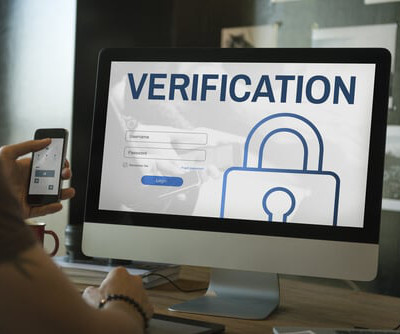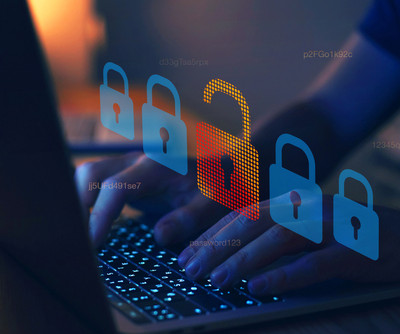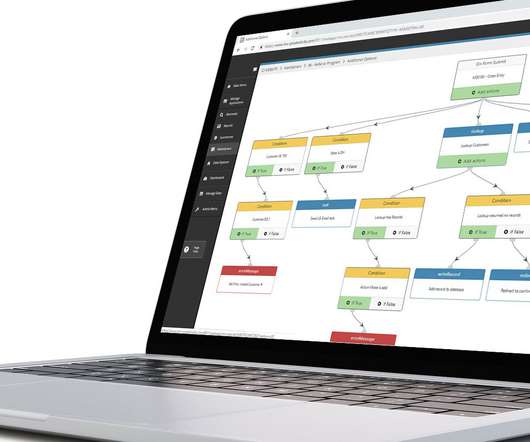Top 7 MFA Bypass Techniques and How to Defend Against Them
SecureWorld News
AUGUST 5, 2023
Multi-factor authentication (MFA) is a fundamental component of best practices for account security. Traditionally, this approach to authentication delivers a unique code to a user's email or phone, which is then inputted following the account password. SMS-based MFA MFA via SMS (i.e., However, MFA via SMS is not without its issues.














Let's personalize your content